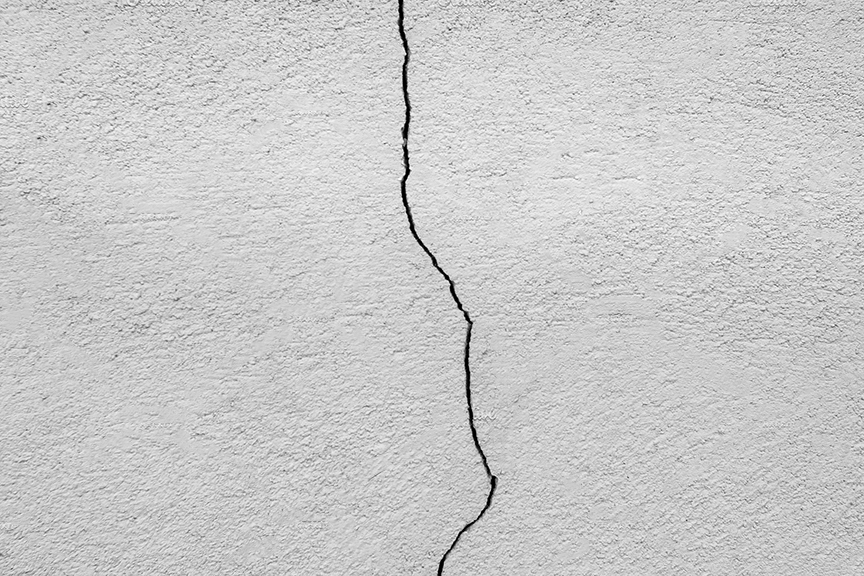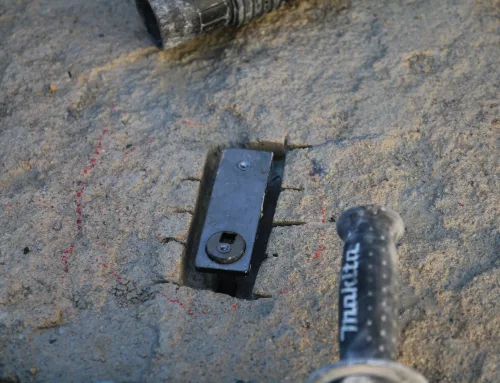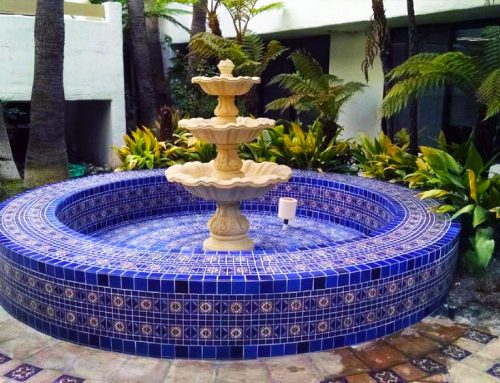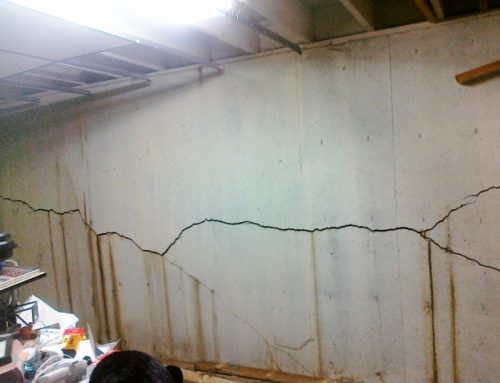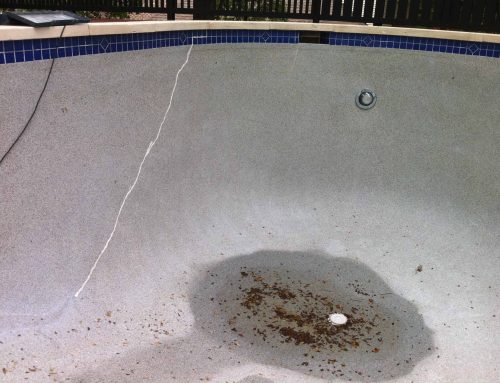To get an idea of why Epoxy Injection And Carbon Fiber Fails Every time, and why they are bad choices for concrete repair, you need to take a brief on the most misunderstood thing about concrete.
Concrete, once poured, is often considered unmovable; a massive slab that will just say there and exist forever to provide a patio, a driveway, a foundation or even as a shell for a swimming pool. This couldn't be further from reality. Yes, concrete is hard and seems pretty solid but the make-up of concrete and how it exists once it's poured is relatively complex.
Due to the effects of expansion and contraction of the concrete and weather changes, where hot and cold cycles, as well as wet and dry cycles all affect the concrete, cracks can occur. While under normal circumstances, the chemical make-up of concrete is made to withstand multi-directional movement, the combination of extreme circumstances, and how it was mixed and installed originally can lead to cracking.
Once these literal tons of concrete begin to crack, it is imperative that the crack be stabilized properly with torqued resistance to stop the movement in the crack and to make permanent repairs that stop the potential of water seepage, leaking or ongoing deterioration of the materials.
Where some homeowners will opt for epoxy injection as a repair method, the single guarantee that offers for the life of the concrete is that it will fail to adhere and prevent water loss and leaking, spreading of the crack or shearing of the concrete. This isn't necessarily due to the epoxy mixture, though the application of epoxies on vertical walls is completely flawed (more on that later), it's the concrete itself that doesn't allow for epoxy to provide a solution. Concrete itself doesn't just break – it fractures. By administering an epoxy into the crack, the misguided belief that epoxy will stretch and stick to the edges of the crack is flawed. Epoxy dries. Concrete continues to shift and move. Inside of the epoxy, as a dried entity, small cracks and fissures occur, causing a failure to stay together as a solid, and as even the slightest movement of concrete occurs, those tiny separations inside of the epoxy split and what epoxy that did adhere to the inside of the cracks remains stuck to it and the epoxy itself separates and moves with the concrete, creating yet another crack down the middle of the epoxy.

As a damming measure, the idea that epoxy will stop water flow in a pool seams appealing, but it too has a big flaw. Where cracks run up walls in swimming pools, injecting epoxy into them leaves the epoxy to run downward, simply due to gravity, and where epoxy would otherwise appear to fill a crack, the penetration of the crack doesn't fill, the epoxy runs down the back of the crack to pool at the bottom of it, failing to adhere to both the front and the back of the crack. It's simply a glue that lays over the top fo the crack and again, dries and cracks as the concrete continues to spread, even in the smallest amounts due to pressure from outside influence. It may stop water loss temporarily, but a single seasonal change will cause it to fail.

Carbon Fiber "staples" – which are in fact not staples at all, do literally nothing more than stick to the surface of a crack. The application of carbon fiber staples, or straps, are incorporated with epoxy injection as if the combination of the two are stronger than using one alone. It is the same effect as painting over a crack – it does nothing to secure movement.
Concrete is constantly moving in multiple directions with literally tons of pressure. Carbon fiber only provides its limited strength in a single direction – like pulling a rubber band left and right. It's referred to as tensile strength. Gluing it to a cracks surface is a literal band-aid application. Where both the epoxy and staple may provide a strength, it isn't the product itself that causes the issues, it's the application of those products over concrete. The concrete still moves.
Concrete has a tensile strength, the ability to resist movement left and right, like the carbon fiber staples. That resistance strength is approximately 250 lbs per square inch. A carbon fiber strap covers approximately 1.875 inches, revealing that carbon fiber, and the glue holding it to the surface, will simply break away with even 475 lbs of energy movement in the concrete – essentially, the daily stress of concrete in an absolutely normal situation. From an engineering standpoint, the simple application of carbon fiber is flawed from the start. Nothing about it is designed to withstand close to the amount of movement concrete makes by simply sitting, even without outside interaction.

As a bonus, let's briefly discuss why rebar also fails in repairing concrete cracks in swimming pools. Rebar does provide a strength in concrete, which is why your swimming pool is built around it. Rebar, however, is designed to stretch at control joints. This stretching is referred to as Yield, and allows the area to move where, essentially, the concrete is supposed to move. Because of this Yield, it is thoroughly ineffective at repairing concrete, when the concrete is intended not to move, shift or apply movement using that Yield.
Torque Lock Structural Staples are the only permanent repair on the marketplace for structural cracking, and its patented for a reason. There are plenty of knock-offs claiming to make permanent repairs using metal pieces that resemble Torque Lock Staples, but they don't provide a controlled compression to resist the movement of concrete that occurs both daily, and constantly.
When installed every 12 inches down the length of a crack, Torque Lock Structural Staples use a controlled compression of provide upwards of 5000 lbs of pressure to either side of the crack. This compression keeps concrete from shifting and moving under even extreme circumstances. Where tensile movement isn't the only direction where concrete is affected, Torque Lock Staples provide a controlled compression that keeps concrete stable and resists movement in every direction. When properly installed, the area of crack is repaired with a full concrete penetration that adheres to the crack permanently and doesn't suffer from extenuating cracking due to the natural and constant pressure that concrete suffers from. A crack repaired with Torque Lock Staples is fixed permanently.
See the video content available on the Torque Lock website, the Torque Lock YouTube channel or call for more details at any time: 818-436-2953.

